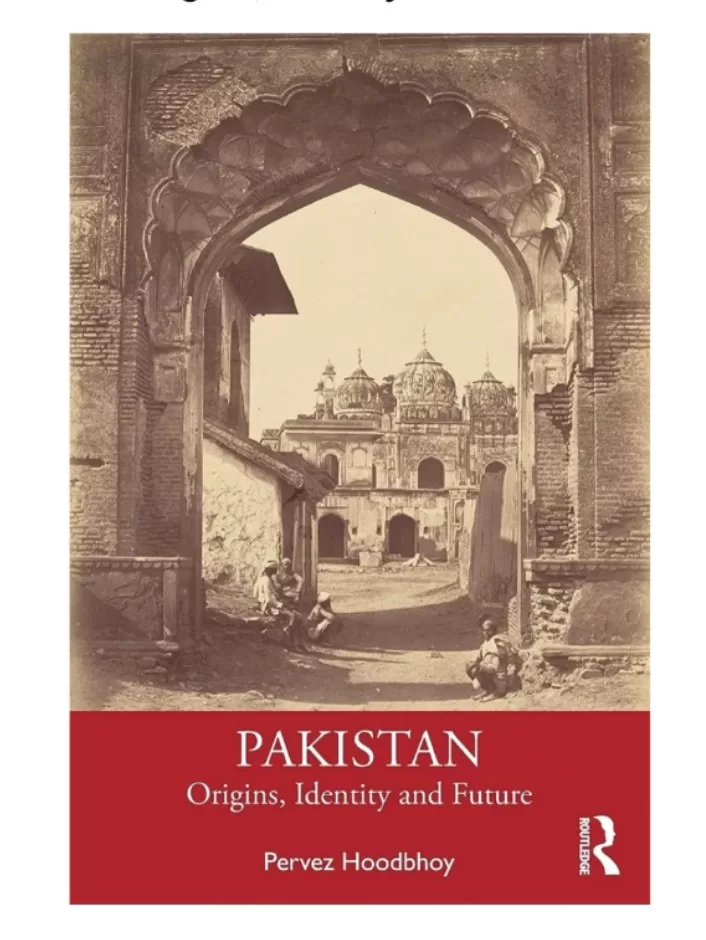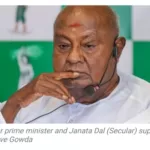In Dr. Pervez Hoodbhoy’s latest literary endeavor, this distinguished nuclear scientist, celebrated author, columnist, and human rights activist embarks on a daring exploration of Pakistan’s tumultuous journey. Hoodbhoy sets the stage with thought-provoking questions, challenging readers to ponder the steep price of Muslim blood shed during the partition of India in 1947. He delves into the very essence of Pakistan’s ideology and its significance, unraveling the enigma of why Pakistan couldn’t evolve into an Islamic state. Additionally, he dissects the intricate layers of Pakistan’s identity crisis, prompting us to reflect on what it truly means to be a Pakistani.
The partition of India in 1947, orchestrated by the British colonial administration, tore apart communities that had coexisted for centuries. Millions were displaced, and countless lives were lost in the mayhem of communal massacres and violence. This tragic history continues to cast a shadow over relations between India and Pakistan, leaving minorities in both nations living in fear.

Hoodbhoy firmly rejects the notion that India had historically been composed of separate Muslim and Hindu nations. He challenges this divisive narrative, arguing that it was the British colonialists and political and religious leaders who expedited the two-nation theory to serve their narrow interests. Hoodbhoy contends that, even seventy-five years later, Pakistan’s survival and prosperity hinge on embracing a more inclusive identity.
“The myth of the two-nation theory,” Hoodbhoy asserts, “emerged towards the tail end of the British Raj and had both Muslim and Hindu versions.” These myths fueled political movements that led to new political boundaries and the reshaping of the Indian subcontinent. However, he reminds us that events like the creation of Bangladesh in 1971 suggest that ethnicity, language, and geography play more significant roles in shaping nationhood than religion.
The book meticulously examines the roles of Pakistan’s founding figures, including Syed Ahmed Khan, Muhammad Iqbal, and Muhammad Ali Jinnah, in shaping the two-nation theory. Hoodbhoy highlights the enduring influence of Iqbal and pan-Islamist Abul A’la Maududi on Pakistan, emphasizing that Pakistan has oscillated between religious fundamentalism and periods of modernization. Just as Gandhi and Nehru faced challenges in India, Pakistan’s leaders grappled with competing visions of the nation.
The book grapples with the question of Pakistan’s identity. It challenges the official history, which tends to ignore the diverse and syncretic culture that developed over centuries of coexistence. Hoodbhoy explores why Pakistan, despite calls for an Islamic state, never fully embraced theocracy. The Objectives Resolution of 1949 and subsequent constitutions incorporated Islamic clauses but did not grant exclusive power to religious scholars.
Pakistan’s trajectory, according to Hoodbhoy, has been marked by ambiguity, flirtations with democracy, military dictatorships, and a hybrid-democratic model where the military wields significant influence. It is a nation grappling with its identity, vacillating between ideologies and systems of governance.
The book addresses why Pakistan is often described as a praetorian state, a label seemingly incongruent with its founding ideals. It points to a fortress mentality, protectionism, and military dominance that have persisted, often at the expense of national sovereignty. Pakistan’s military, deeply entrenched in politics, society, and the economy, has failed to alleviate national insecurities and has pushed the country toward economic peril.
In the book’s concluding chapter, Hoodbhoy reflects on Pakistan’s future, highlighting the obstacles to building a modern state. He advocates for justice, fairness, and equal representation for all citizens, calling for a shift away from the two-nation theory toward a single nation theory that prioritizes science and technology.
In summary, Hoodbhoy’s book presents a compelling and scholarly perspective on Pakistan’s complex history and identity. It challenges conventional narratives and encourages readers to contemplate the nation’s future path. Whether one concurs with its arguments or not, this book undoubtedly offers valuable insights into South Asia and Pakistan studies.







